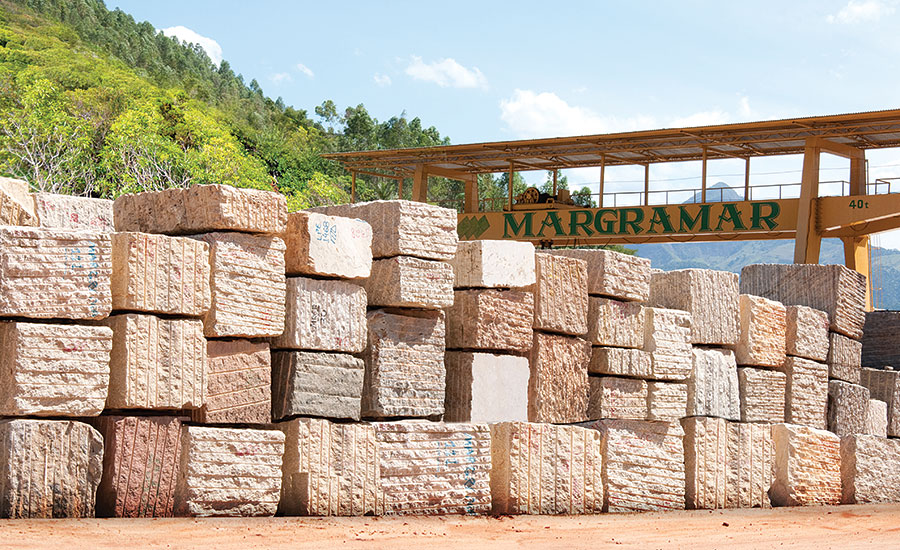Discovering Granite Quarries in South Africa Industry: From Quarry to Masterpiece
Discovering Granite Quarries in South Africa Industry: From Quarry to Masterpiece
Blog Article
Unearthing the Rich History and Sustainable Practices of Granite Quarrying
As we base on the precipice of uncovering the elaborate tapestry of granite quarrying, a trip via time exposes not simply the physical act of drawing out stone however also the social and historic relevance woven into the very material of this technique. From the ancient beginnings that laid the foundation for contemporary quarrying methods to the sustainable techniques that are shaping the future of this sector, each sculpt mark on granite surface areas narrates waiting to be unearthed (granite quarries in south africa). The tradition of granite quarrying stretches much beyond mere removal; it is a testament to human ingenuity, resilience, and the long-lasting attraction of this majestic stone
Old Beginnings of Granite Quarrying
Dating back to ancient people, the practice of quarrying granite has been an integral part of human history and architectural development. The earliest evidence of granite quarrying go back to old Egypt, where substantial pyramids and detailed sculptures were crafted from this durable stone. The Egyptians utilized primitive tools to remove granite blocks from quarries, showcasing the significance of this material in their huge constructions.
Progressing in history, the Greeks additionally made significant contributions to the quarrying of granite. The Greeks made use of granite in numerous architectural marvels, such as temples and statuaries, showing their skill in shaping and sculpting this durable stone. The Romans additionally fine-tuned the methods of quarrying granite, using advanced devices like knives and hammers to essence and form granite for their legendary structures.
Via the centuries, the practice of quarrying granite has actually evolved, with modern technologies boosting effectiveness while preserving the ageless appeal of this natural rock - granite quarries in south africa. From old human beings to contemporary contractors, the legacy of granite quarrying remains to shape our globe
Advancement of Quarrying Methods
The development of quarrying strategies has been marked by a continuous progression in the direction of better effectiveness and accuracy in removing granite. Early quarrying techniques entailed manual labor with fundamental tools such as knives, hammers, and wedges to remove granite blocks from the planet.
Developments in computer-controlled equipment and 3D modeling have enhanced quarrying procedures, leading to marginal ecological impact and boosted sustainability techniques. As the demand for granite proceeds to increase, the development of quarrying techniques continues to be indispensable to meeting market needs effectively and sustainably.
Social Importance of Granite
Granite holds a profound social value across numerous civilizations as a result of its long-lasting presence in architectural masterpieces and respected monuments. From the stunning pyramids of Egypt to the elaborate carvings of the Angkor Wat holy place in Cambodia, granite has actually been a product of choice for revealing magnificence and long life in social heritage. In ancient Rome, granite columns decorated holy places and public buildings, more info here symbolizing stamina and permanence. The social value of granite prolongs past its physical features; it symbolizes resilience, stability, and timelessness, making it an icon of enduring heritages and customs.

Lasting Practices in Quarrying
Amidst the rich history of granite quarrying and its cultural value exists a growing emphasis on lasting practices within the industry. As ecological recognition and issues about resource depletion have actually increased around the world, the quarrying market has significantly accepted sustainable techniques to lessen its influence on the setting and bordering neighborhoods.

In addition, improvement and rehab of quarry sites post-extraction are indispensable to lasting practices. By recovering quarried locations to an all-natural or useful state, such as developing wild animals habitats or leisure rooms, quarriers can balance out the ecological footprint of their procedures and add positively to the regional ecological community.
Heritage of Granite Quarrying
With a historical background steeped in craftsmanship and sites commercial development, what withstanding impact has granite quarrying left on the landscape of contemporary culture? The legacy of granite quarrying goes beyond simple extraction methods; it has formed architectural wonders, city landscapes, and social heritage worldwide. The long lasting nature of granite has actually made it a recommended option for monoliths, structures, and framework, standing as a testament to the skill and virtuosity of quarry employees across generations.
Moreover, the financial impact of granite quarrying can not be neglected. The industry proceeds to supply job opportunity and drive neighborhood economies in areas where granite removal prevails. It has also spurred technological innovations in quarrying techniques and equipment, leading to much more effective and lasting practices.
In regards to sustainability, the legacy of granite quarrying consists of initiatives to minimize environmental effects with reclamation projects and accountable source monitoring. By balancing economic interests with ecological stewardship, the sector makes every effort to make sure that future generations can continue to benefit from this long-lasting natural deposit.
Final Thought

Report this page